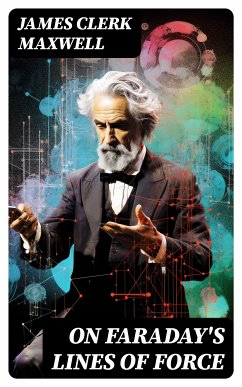In "On Faraday's Lines of Force," James Clerk Maxwell presents a groundbreaking exploration of the nature of electromagnetic fields, encapsulating the scientific dialogue of the 19th century between physics and mathematics. The book employs a meticulous literary style, emphasizing clarity and rigor while employing visual metaphors to elucidate complex concepts. Within this text, Maxwell seeks to expand upon Michael Faraday's pioneering work, synthesizing his concepts of field theory and introducing mathematical formulations that laid the groundwork for modern electromagnetism. James Clerk Maxwell, a prominent Scottish physicist, was profoundly influenced by Faraday's intuitive approaches to electricity and magnetism. His academic background and teachings at the University of Cambridge substantially shaped his analytical thinking. Maxwell's desire to bridge the gap between theoretical mathematics and experimental physics inspired him to elucidate Faraday's ideas, developing a coherent framework that validated Faraday's experimental insights with mathematical precision. Highly recommended for scholars and enthusiasts alike, "On Faraday's Lines of Force" serves as both a historical document and a foundational text in the field of electromagnetism. Readers will gain invaluable insight not only into the science of the era but also into the minds that shaped our understanding of the forces that govern the universe.
Dieser Download kann aus rechtlichen Gründen nur mit Rechnungsadresse in A, B, BG, CY, CZ, D, DK, EW, E, FIN, F, GR, H, IRL, I, LT, L, LR, M, NL, PL, P, R, S, SLO, SK ausgeliefert werden.









